Environmentally conscious individuals tend to agree that it’s important to use green building materials and eco-friendly building practices for residential and commercial properties. But what exactly defines a “green” building? Generally, green building materials are those that are sustainably sourced and not toxic to the inhabitants. They are also produced in an ecologically friendly manner, and they can help the building’s inhabitants reduce their carbon footprint through better energy efficiency. All of these attributes define the ultimate green building material: cork. Here’s a quick look at how cork is harvested and why it’s an eco-friendly building material that you should be using.
A Look at the Cork Oak Tree
Nearly every tree on the planet has a protective layer of cork bark. However, in most trees, this layer is relatively thin. The cork oak tree (Quercus suber) has a much more impressive layer of cork bark. It’s this tree that cork is sourced from. The cork oak tree is native to the countries in the Mediterranean region, as this area of the world has the perfect growing conditions for cork oak: not too much rainfall, high humidity levels, and plenty of sunshine. Morocco, Algeria, France, Italy, and Tunisia all grow cork oak trees, but Portugal and Spain are the world’s biggest suppliers.
The forests of the Mediterranean region evolved to thrive despite the low rainfall and frequent brush fires. This is why these trees have such a thick layer of cork. Cork is made up of cells that are:
- Lightweight
- Water-resistant
- Fire-resistant
- Termite-resistant
- Buoyant
- Rot-resistant
- Impermeable to liquids and gases
All of these properties, which make cork an excellent protector for the trees, also make cork ideally suited as a building material. Not only does it protect homes from water and fire damage, but it also enhances energy efficiency by keeping homes warmer in the winter and cooler in the summer.
Overview of Cork Harvesting Techniques
Cork harvesting takes place for the first time when a tree reaches maturity, which is usually at about 15 to 25 years of age. The specially trained harvesters will first measure the tree’s circumference to ensure it’s at least 70 centimeters when measured from 1.3 meters above ground level. The harvesting itself takes place from about the middle of May to the end of August. This is when the cork oak trees enter their active growing phase.
The highly trained and experienced cork harvesters use a specialized cork axe. They carefully make slits in the outer bark of the tree’s trunk and its major branches. Using those slits, the harvesters can then peel the cork away from the tree in planks.
After the harvest, cork oak planks are piled on concrete for storage. They are left in the open air for at least six weeks to go through a weathering process. During this time, the quality of the cork will improve. Then, the cork planks are sorted by quality and size before being processed.
First and Second Harvests
The first harvest of the bark, called desboia, produces cork that has an irregular structure. This cork is well-suited for use as an eco-friendly building material. It can be processed into products like insulation, sprayed cork, and flooring. Nine to 10 years later, harvesting can take place again. This second harvest produces cork of a better quality.
Third and Subsequent Harvests
However, the third and all subsequent harvests yield cork with the highest quality. At this point, the cork has a smooth, regular structure. This cork is known as amadia. It’s suitable for high-end applications, like wine stoppers. After each harvest, the professional harvesters mark each tree so that it will not be harvested again too soon. On average, a cork oak tree can be harvested about 15 times during its lifetime, which can extend well over a century!
The Reasons Why Cork Is an Eco-Friendly Building Material
Many building materials, like hardwood planks, are not sustainably sourced. To produce hardwood planks, the entire tree must be killed and processed. In contrast, cork is a sustainably sourced building material because it is produced from trees that do not need to be killed in order to harvest the material. In fact, it’s in the best interests of cork producers to keep the tree alive for as long as possible. Cork oak is a renewable resource, and the forests are tended to carefully.
In addition, cork oak forests play an important role in biodiversity. The forests support a range of lifeforms, including over 200 animal species. The cork oak forests help to protect the earth from soil erosion and desertification. Furthermore, cork oak trees that are harvested are actually able to absorb more CO2—a greenhouse gas—than non-harvested cork oaks. It’s been estimated that the cork oak forests absorb about 14 million tons of carbon dioxide each year.
Furthermore, sprayed cork products can help you do your part to protect the environment for future generations. You can reduce your carbon footprint and lower your energy bills by applying sprayed cork to your home. The cork is completely non-toxic, making it a great choice for homes with young children and pets.
Sprayed Cork from ThermaShield
Are you looking for an eco-friendly building material? The team at ThermaShield is proud to be a leading provider of sprayed cork products for residential and commercial properties. Our unique blend of cork and resin is sustainably sourced. It is appropriate for application on interior walls, as well as exterior application on roofs, walls, patios, and decks. Start saving money on your energy bills and reducing your carbon footprint by contacting us online for a quote. Our products may be purchased anywhere in the U.S., and professional application is available in select areas of Arizona, California, and Texas.

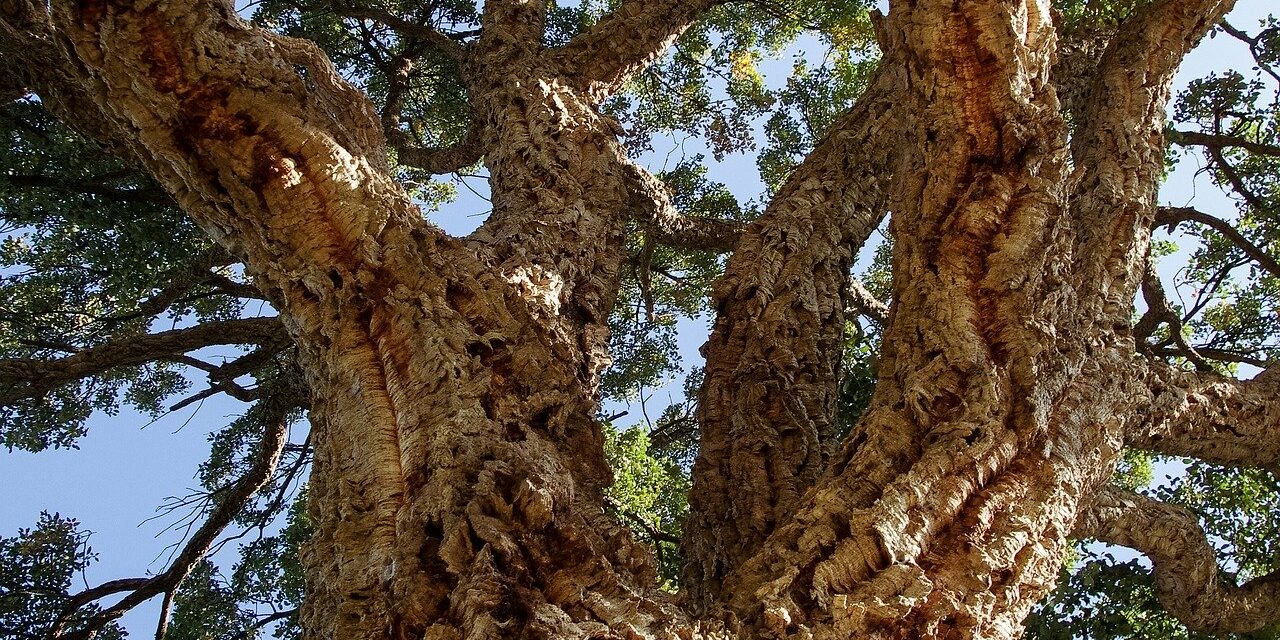
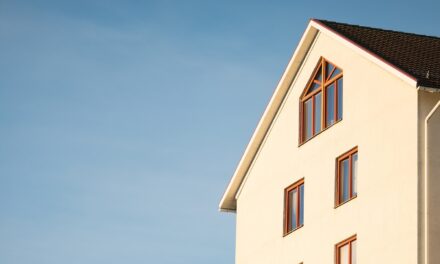
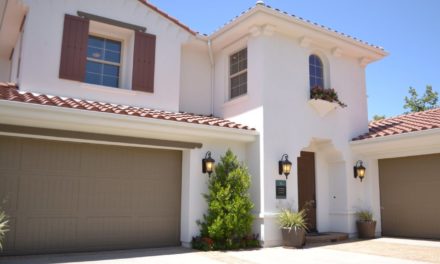
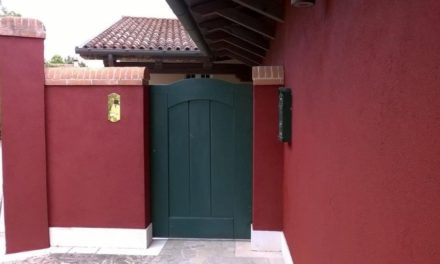
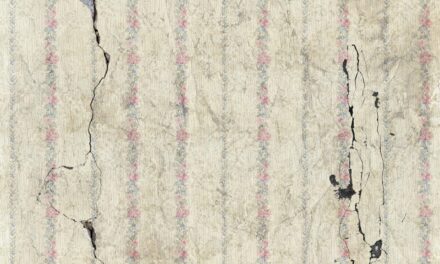
Recent Comments